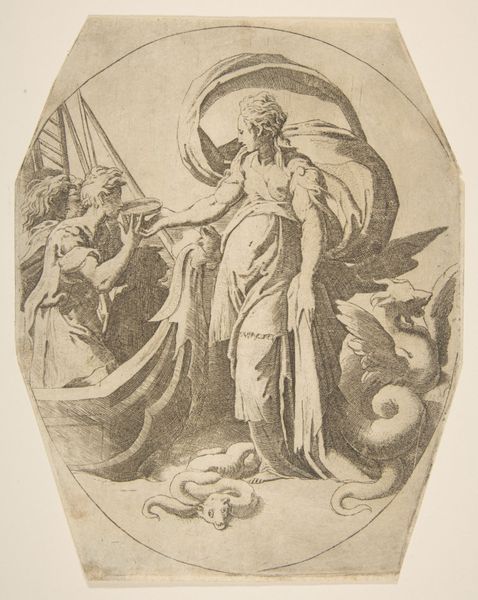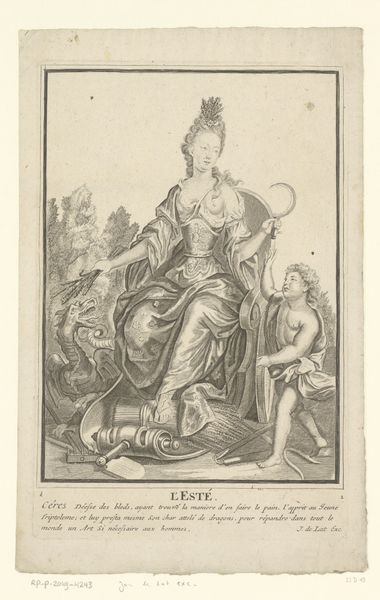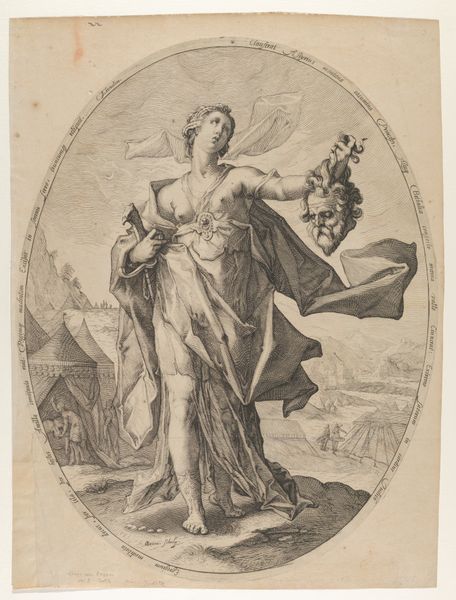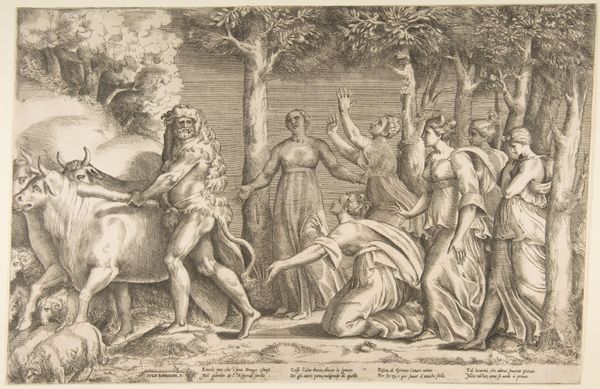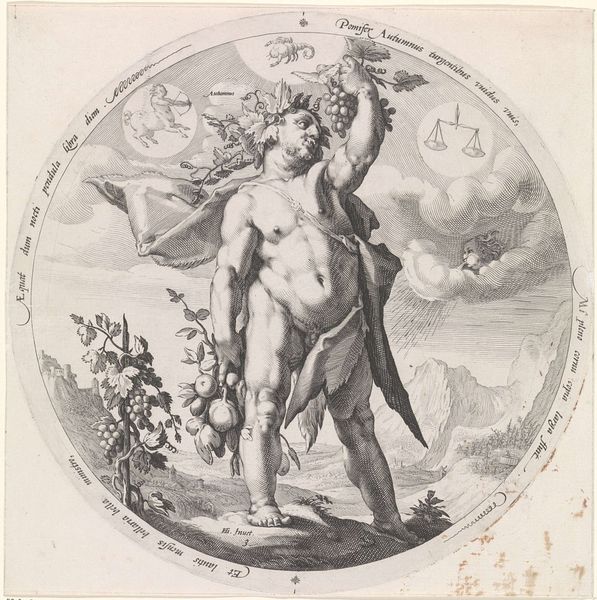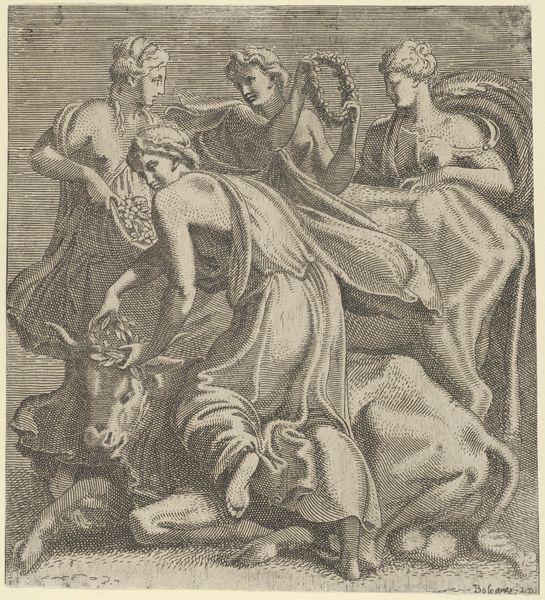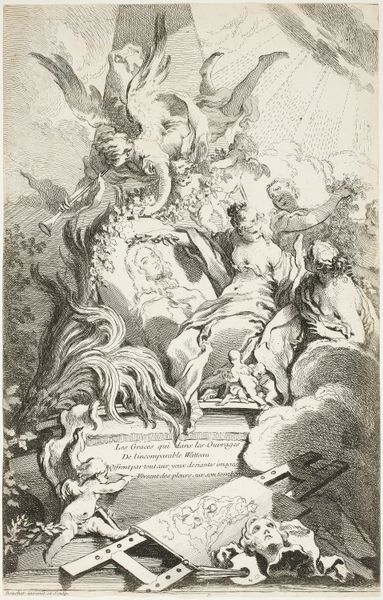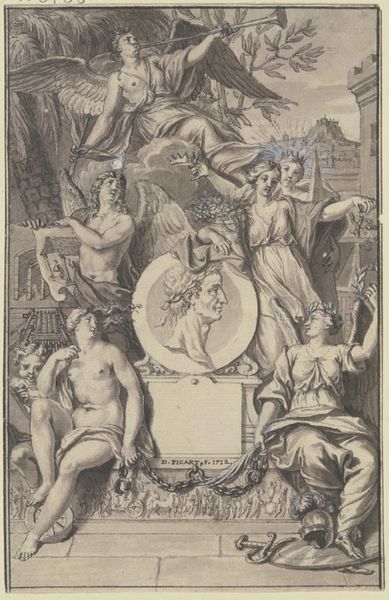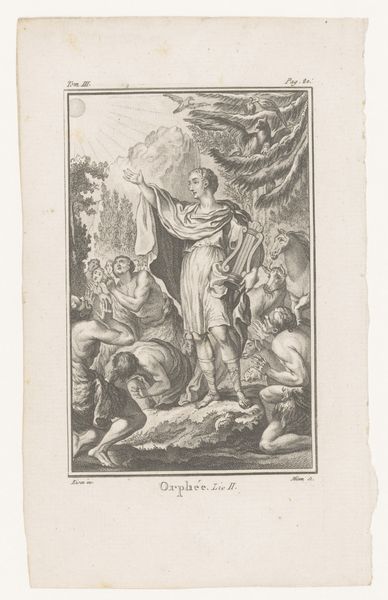
Circe drinking from a cup with the companions of Ulysses in a boat at left, a circular composition 1531 - 1576
0:00
0:00
drawing, print, engraving
#
drawing
#
boat
#
toned paper
#
light pencil work
# print
#
mannerism
#
figuration
#
11_renaissance
#
men
#
portrait drawing
#
history-painting
#
engraving
Dimensions: sheet: 8 7/16 x 7 15/16 in. (21.5 x 20.2 cm)
Copyright: Public Domain
Editor: Here we have Giulio Bonasone’s “Circe drinking from a cup with the companions of Ulysses in a boat at left, a circular composition,” created sometime between 1531 and 1576. It's an engraving, so, a print. I’m struck by the texture – there’s such detail achieved with simple lines. What can you tell me about the materiality of this artwork and how that relates to its time? Curator: It’s fascinating to consider engraving in the context of 16th-century production. Each line, etched into a metal plate, represents hours of skilled labor. The printmaking process allowed for the relatively cheap dissemination of imagery and ideas. This specific scene, drawn from classical mythology, would have suddenly been available to a much wider audience beyond the elite who could afford original paintings. How does that impact its meaning, do you think? Editor: I suppose that moves it from being a luxurious object to being something that could shape more general public perception? By depicting the story, the image carries with it ideas and stories that would influence how society saw those themes and morals from The Odyssey? Curator: Precisely! And note how the 'original' drawing itself is just the artist's interpretation. Consider too the distribution networks. Prints like these were commodities, actively bought and sold across Europe, shaping artistic styles and fueling the burgeoning print market. This wasn’t simply art for art’s sake. What was being bought and sold along with the sheets? Editor: Influence, and perspective through access to the stories! That's really insightful. So looking at this less as an individual piece, but as part of a larger production process of commodity... something to really consider moving forward with my work. Curator: Indeed. Think about how the physical properties of the artwork – the lines of the engraving, the type of paper – intersect with social and economic forces of the time to influence what the artwork means and the ways in which people engaged with it.
Comments
No comments
Be the first to comment and join the conversation on the ultimate creative platform.
